After a hectic career in emergency medicine, Dr Andrew Newton retired from Somerset to Evanton, Ross-shire three years ago.
Far from taking it easy, Andrew has found an unusual way of combining his great passions, medicine, history and education, by rolling himself up into three ancient personas and taking his alter egos out to schools to infect children with his enthusiasm.
Sometimes he’s Marcus the Medicus, based on a real person, a medical orderly at Vindolanda on Hadrian’s Wall.
He’s also Taran the Pict, named after the Celtic god of thunder and at least one Pictish king, ‘slight delusions of grandeur’, he confesses.
At other times he’s a Viking named Laeknir Ulfrson, meaning healer and son of the wolf.
Laeknir is peace-loving, though Andrew likes to tell school children his father was the big, hairy and brutish type of Viking.
He has costumes for all three characters – he’s also been a keen historical re-enacter for many years – and a wide range of props in the form of reproduction tools and instruments.
Highland pupils may well have come across him in Dingwall too, teaching STEM subjects in the Newton Room – no, not named after him as he has to tell some of his pupils who ask him if he lives there, but a certain significant Isaac.
He regularly volunteers at the Groam House Museum in Rosemarkie, and lectures at Trimontium, the Roman museum in Melrose and at the museum in Vindolanda.
These voluntary activities barely scratch the surface of the erupting volcano of energy and knowledge that is Dr Andrew Newton.
Medical officer in the Royal Navy
He travelled the world with the Royal Navy and saw active duty in Gulf War and in the Former Yugoslavia.
Based in Rosyth, he was Squadron Medical Officer for Sixth Frigate Squadron.
As well as a Masters in adult education, achieved while he was still working, and a diploma in supporting primary education, Andrew has a diploma in archaeology and has been volunteering as an archaeologist for years.
Get him started on any aspect of the Roman empire, Pictish society and the Vikings in Scotland, and the erudition pours out of him.
He’s done a deep intellectual dive into those ancient times and come up with an understanding of the influence of all three communities north of the Border, and how profoundly, and differently from England, they shaped early mediaeval Scotland.
But when it comes to engaging with youngsters, it’s clear he’s got the knack of enthralling and inspiring them.
It’s not all medical. Andrew does a session with P2/3s on the evolution of chess.
He goes into the Jacobites with the older children, and also has a mediaeval character up his sleeve for when the occasion demands.
He spends a lot of time volunteering in Kiltearn primary school in Evanton and it’s obvious the kids get as much enjoyment out of their time with Andrew as he does in telling them ‘the fun and exciting bits’ of history, which of course include the ‘yukky, the gross and the unbelievable, sort of like Horrible Histories.’
Andrew can’t contain his brimming enthusiasm within his three alter egos, so he involves children and young people in local heritage projects, and has incorporated Archaeology Scotland’s Heritage Hero Awards into his work, ensuring the youngsters are recognised and celebrated.
The Romans are relatable today
He said: “I love the Romans, probably because you can put so much connectivity with every day life now.
“Roman science and technology was incredible and so much of what we do now links into it.
“For example, my brother-in-law was a materials engineer employed by British Nuclear fuels to look at how they store the waste at Sellafield.
“As part of doing that he went to look at the cement they used to build Hadrian’s Wall, they chemically analysed it and actually what the waste bunkers at Sellafield are made out of is a modern version of Roman cement.
“The wall has held up for 2,000 years.”
Andrew has a collection of reproduction Roman medical instruments. They’re exquisitely engineered, and many would be completely familiar to doctors and surgeons today.
Identical Roman instrument kits have been found across the Roman empire, and identical hospital quarters have been found in Roman camps across the empire, suggesting a strong element of consistency and organisation in health care.
Andrew’s collection also contains an exact replica of a small pot found on a Roman trading vessel off the coast of what is now Turkey.
Its story is staggering.
The pot had remained waterproof for two millenia
“It was waterproof and still had the medicine inside,” Andrew said. “An eye ointment, made as a paste, solidified and stamped which is how we know what it was.
“It has been analysed chemically and reproduced in a modern lab.
“Then it was tested in microbiological plates in a hospital lab to look at its efficacy against the bacteria that cause conjunctivitis and it’s as effective as chloramphenicol, which is our standard over-the-counter antibiotic.
“They stamped the product ‘red eye’ and put the maker’s name on it. It’s the oldest prepared medicine in its original dispensing pot that has been found anywhere in the world.”
From all his alter egos, it’s clear Marcus the Medicus has the edge in Andrew’s affections.
He said: “The Romans were incredible people.
“Take Marcus Terentius Varro, a polymath and scholar.
“He wrote a book in the first century BC in which he stated that within swamps of Rome there are certain tiny creatures too small to be seen by the human eye, but if breathed in or ingested these creatures will cause disease.
“Julius Caesar, then a senator, listened to him and decided to drain the swamps of Rome thus reducing the prevalence of malaria in the city.”
You might enjoy:
In pictures: Were you ever at Aberdeenshire pre-history park Archaeolink?
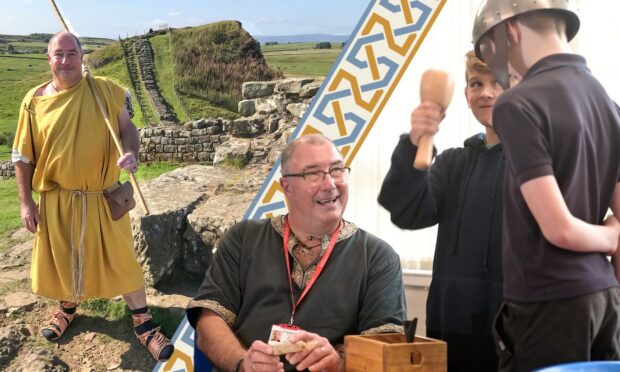
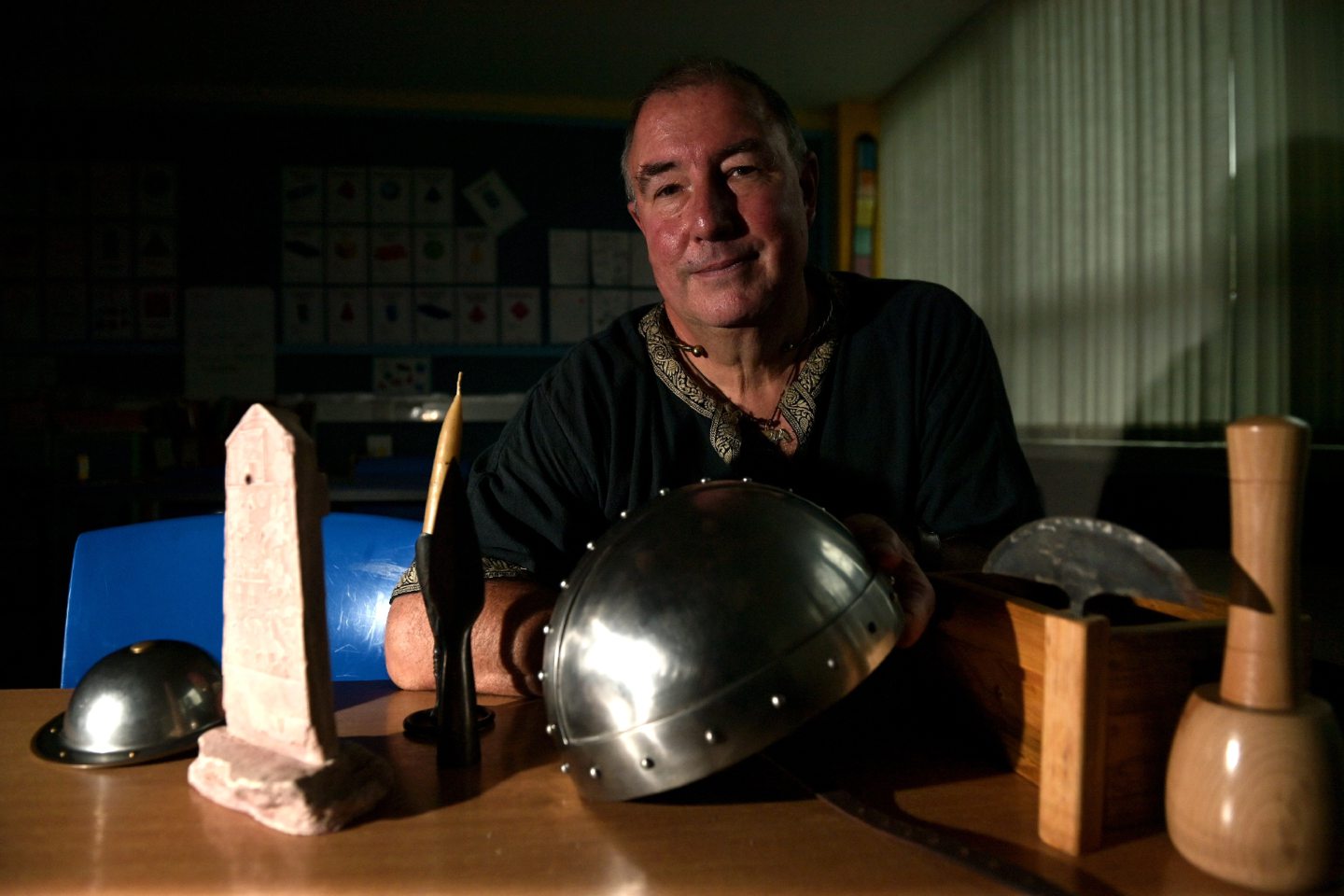
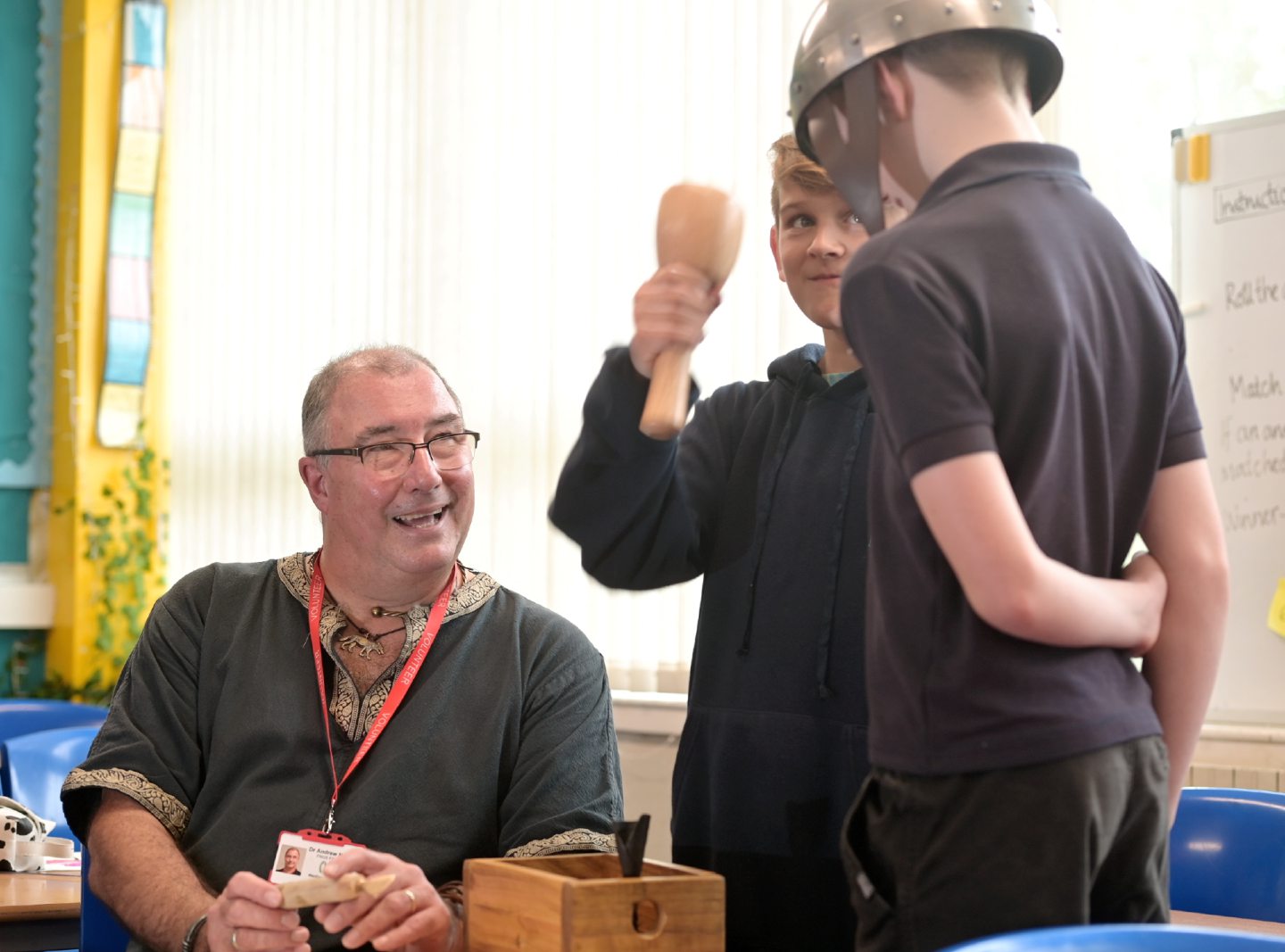
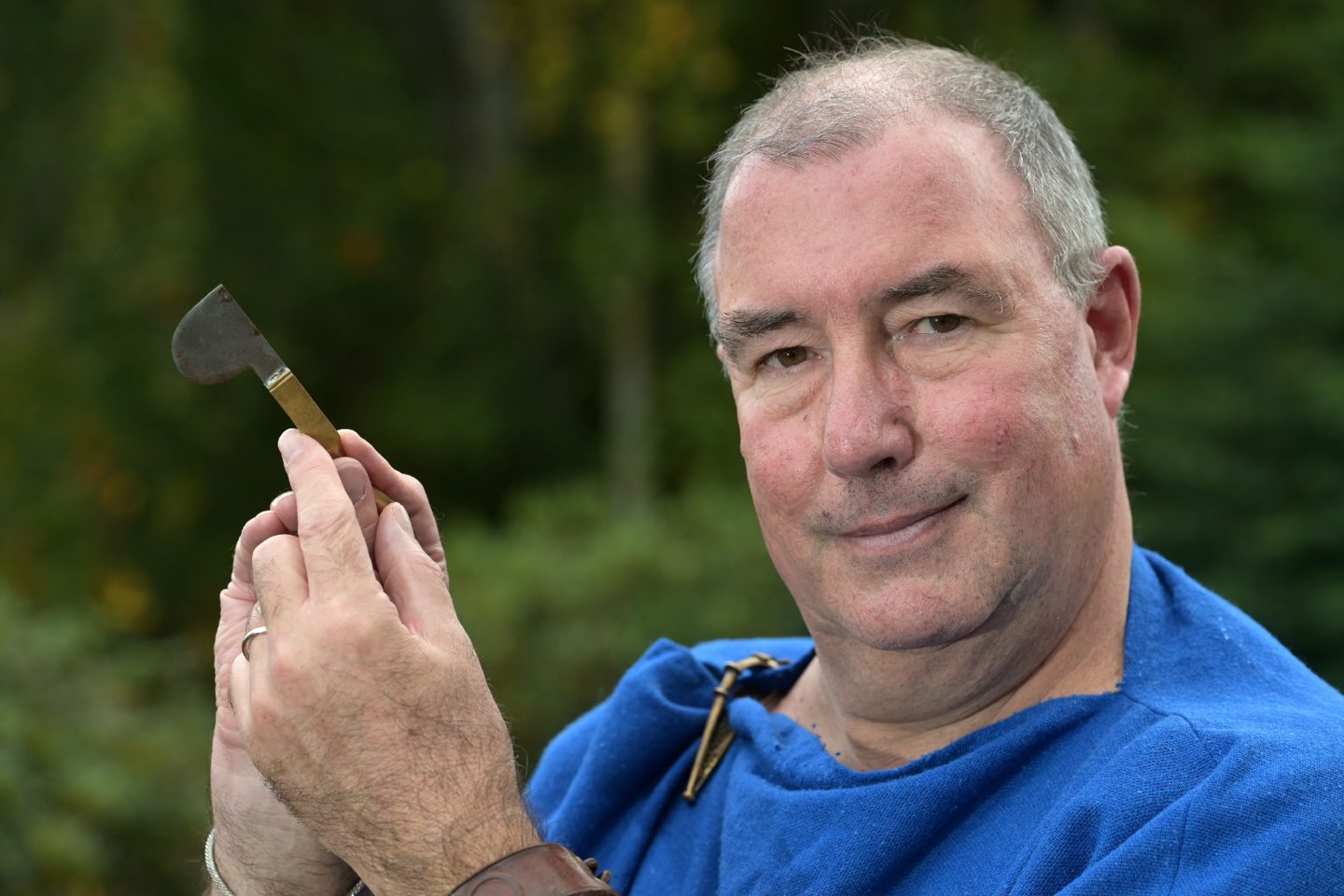
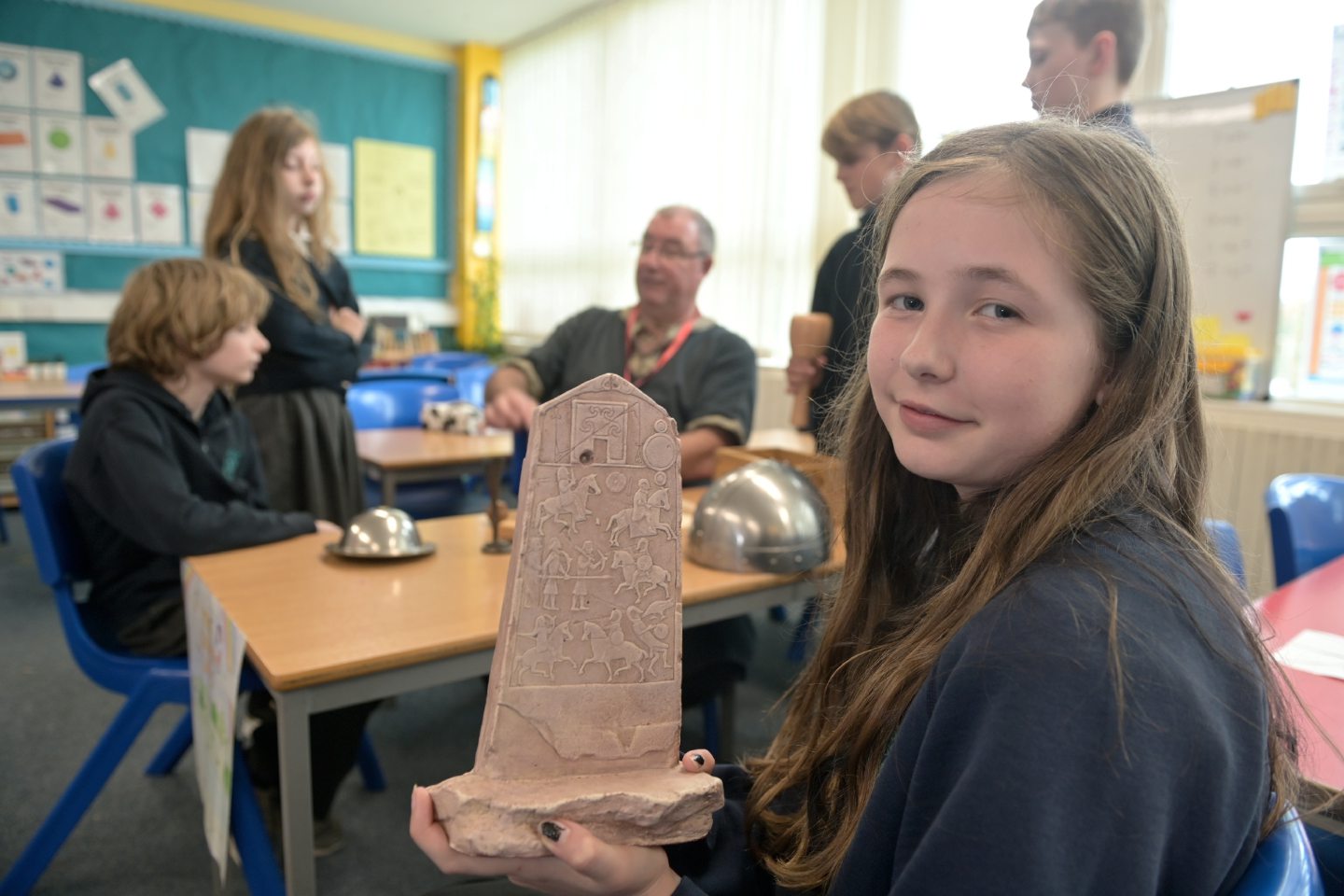
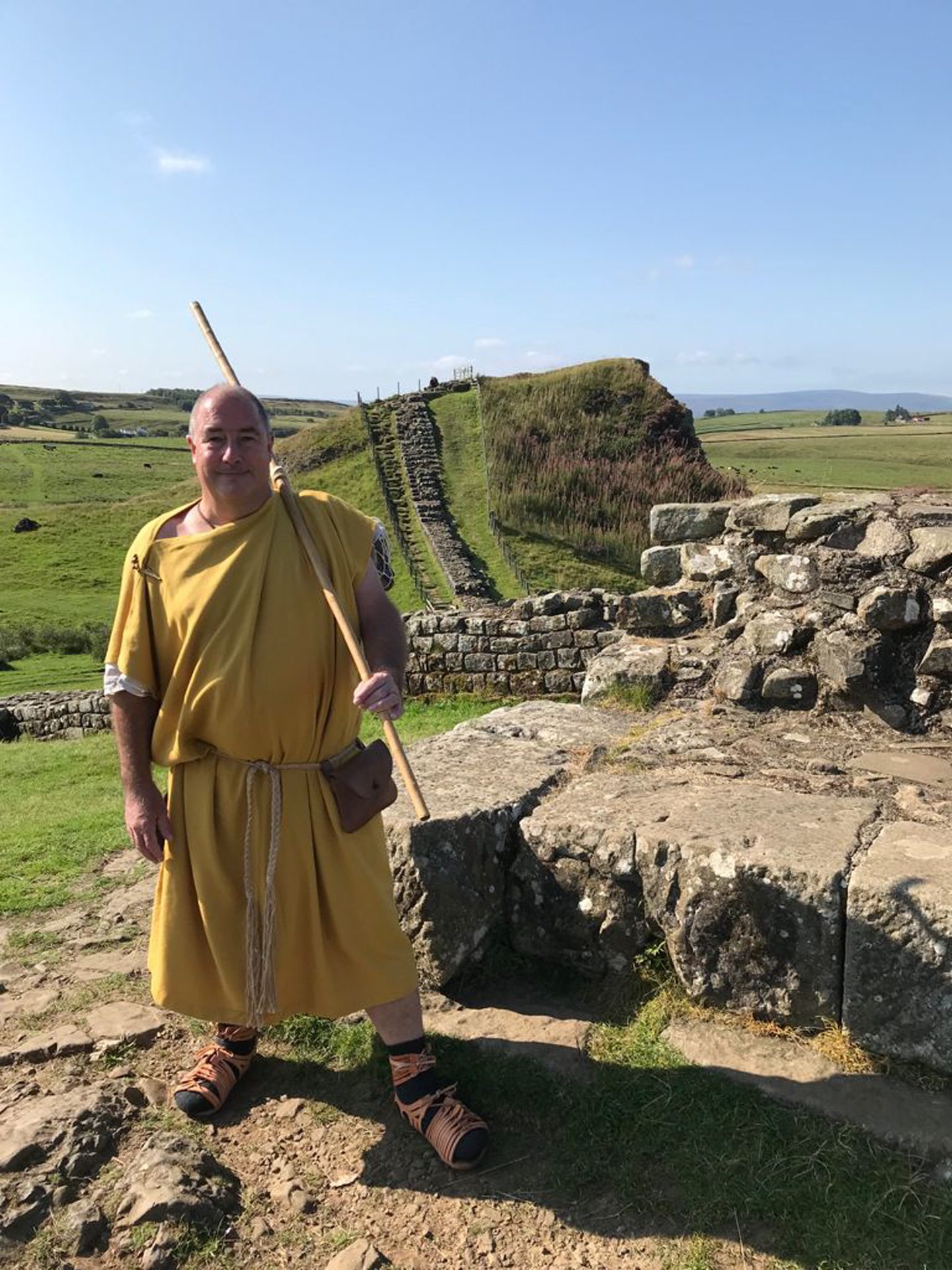
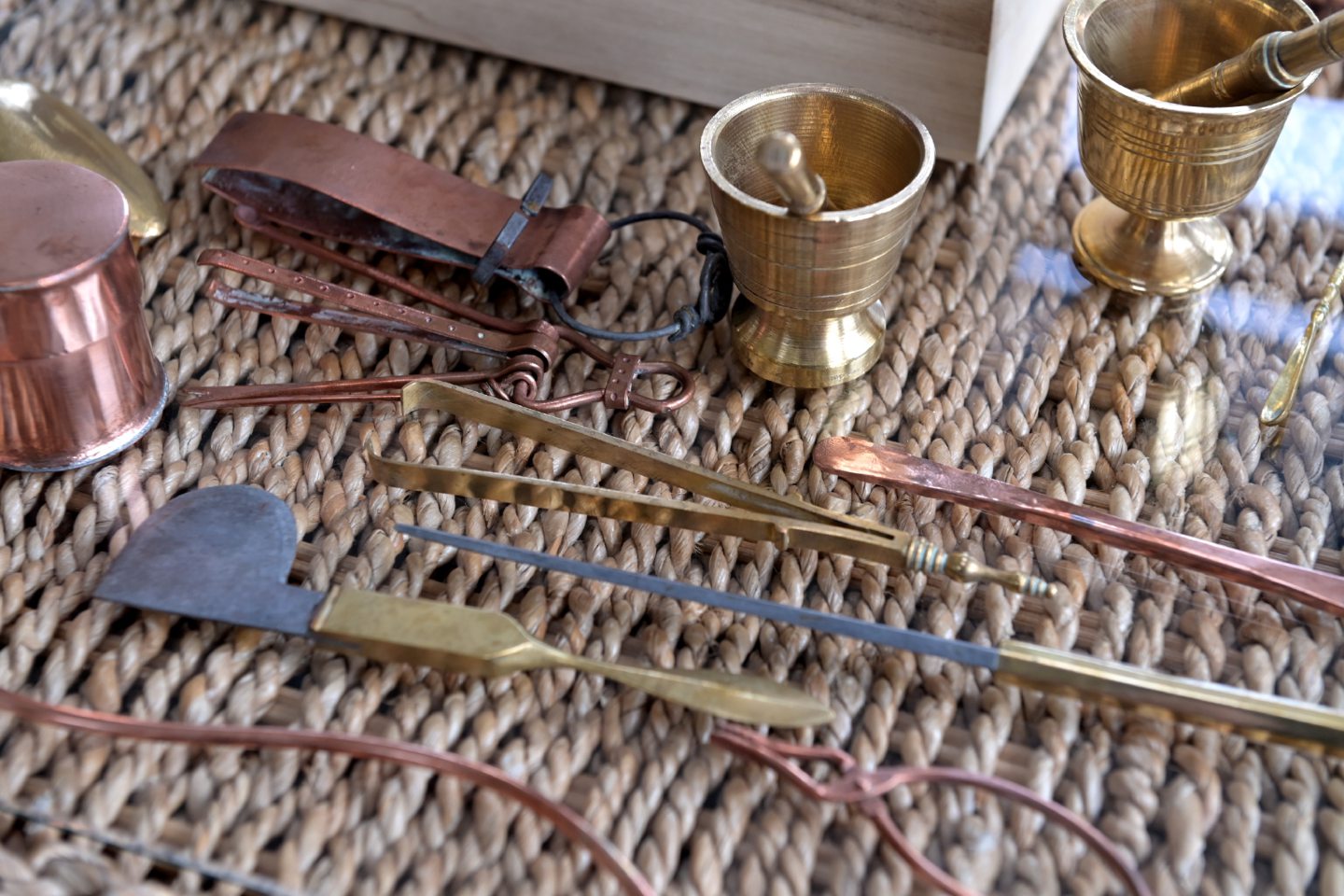
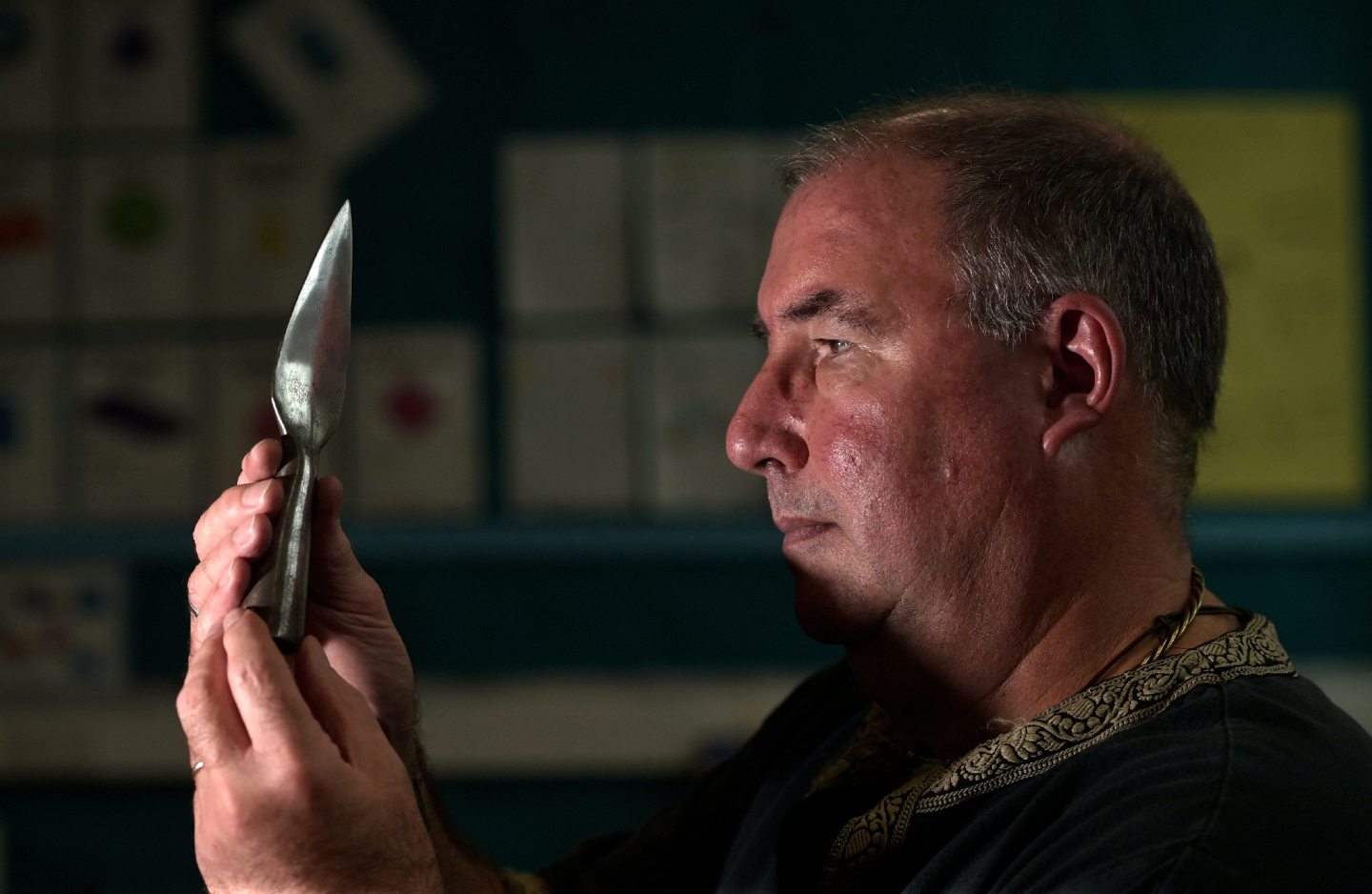
Conversation